The World's Most Beautiful Bark (Or: Trees Worth A Closer Look)
Photographer Cedric Pollet travels the world, barking up trees for a living. Like this peeling orange-red madrone found on the west coast of North America:
Cedric Pollet/cedric-pollet.com
Or this manzanita, a small evergreen from California:
Cedric Pollet/cedric-pollet.com
Or this rainbow eucalyptus located in the Philippines:
Cedric Pollet/cedric-pollet.com
In fact, if Pollet had to pick a favorite tree, it would be eucalyptus. There are more than 700 species worldwide, he explained in an email. And if we're qualifying by most colorful bark, rainbow eucalyptus is "the world champion." In his words, "it's just fantastic."
Quite honestly, I don't think I've ever heard someone describe bark as "fantastic." But Pollet is on a crusade against that reigning notion that bark is boring. His new book is a big, bright, 190-page homage to the world's most beautiful barks. He writes in the introduction:
It's pretty much neglected because at first sight it holds little interest for us. You can count books about bark on the fingers of one hand. It is, in fact, present in many forms in our daily lives (cinnamon, cork, rubber, incense, medicines, chewing gums, fibres, pigments and so on), but this only serves to make it seem ordinary. ... To whet people's enthusiasm, I thought it was important to find ways to surprise and move them, by treating bark in a completely new way, at once aesthetic and playful.
That means huge, colorful swatches of peeling strawberry bark and oozing orange Frankincense. Or bark like you've never seen it before.
Pollet, born and still living in France, was inspired as a child by his natural surroundings. He studied agricultural engineering and landscape design, and sort of fell into photography as a byproduct of being around so much photogenic flora. Supported by awards and grants, he has traveled the world documenting trees indigenous to even the most remote locations. It's a pretty obscure passion, but if Pollet has any say, you too might become a bark believer.
You can see more on his website.
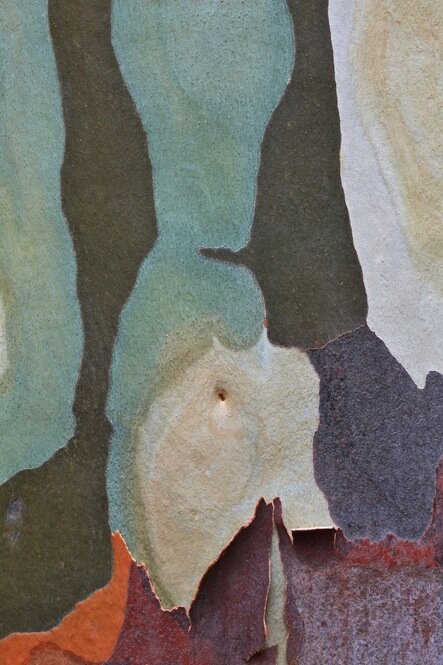
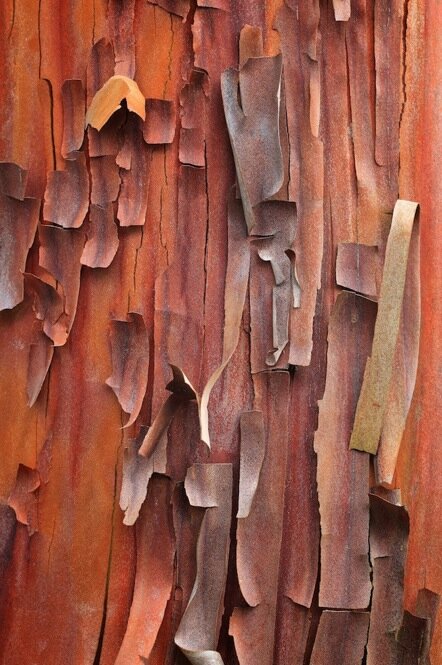
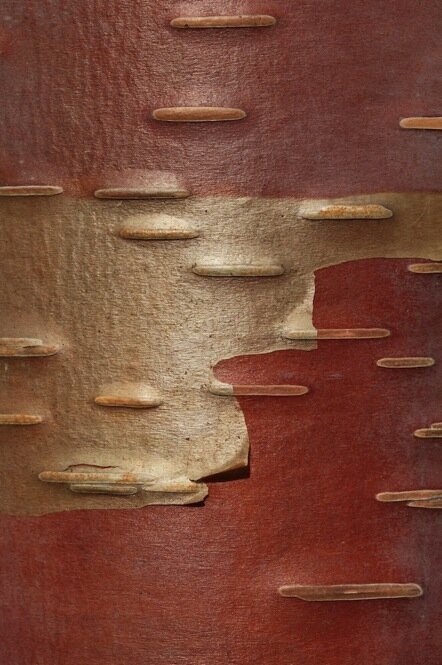
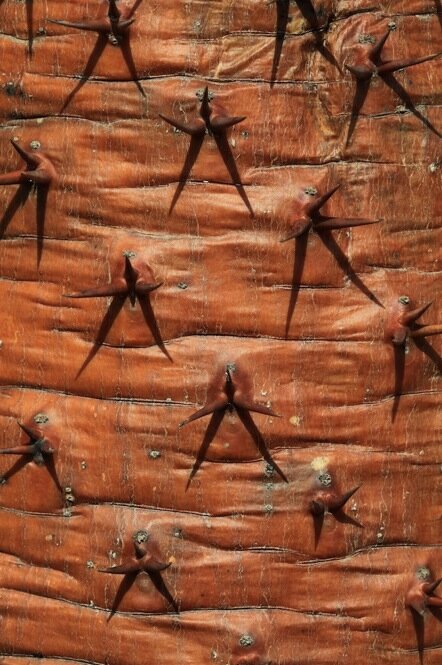
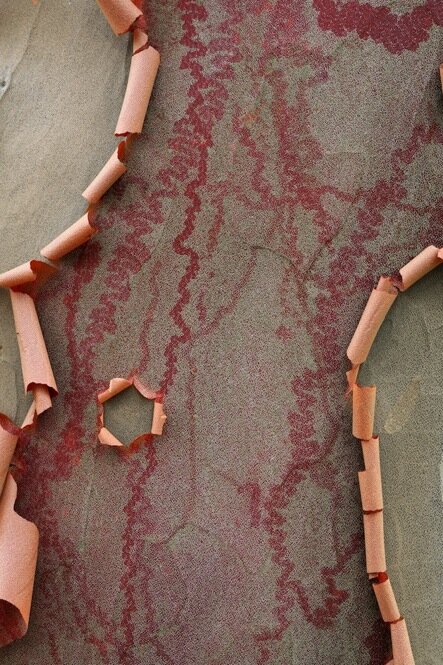
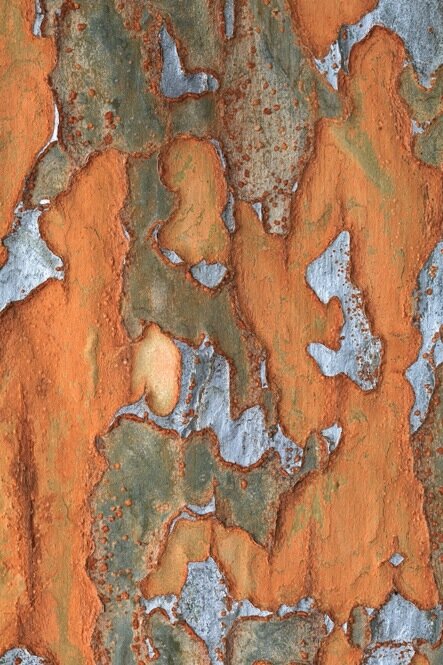
No comments:
Post a Comment